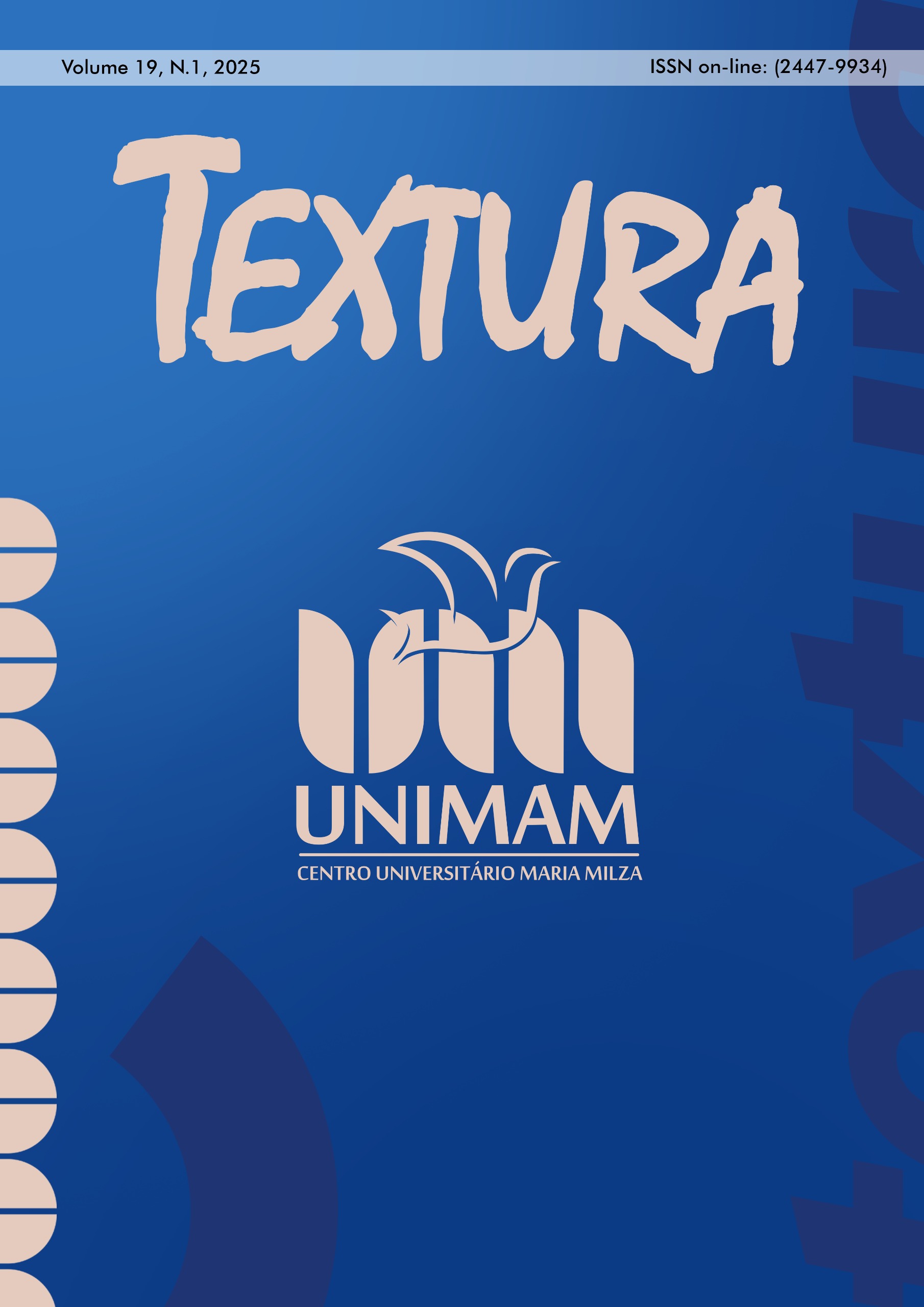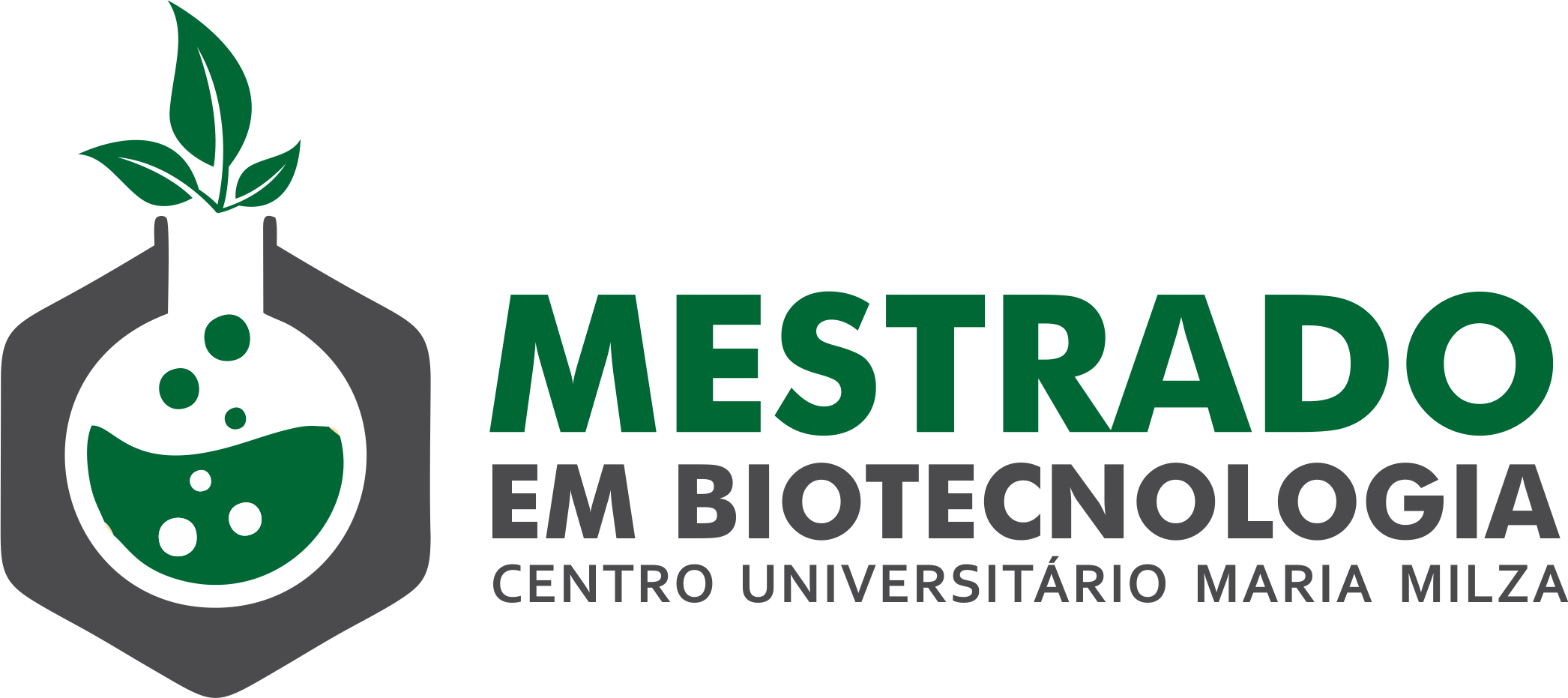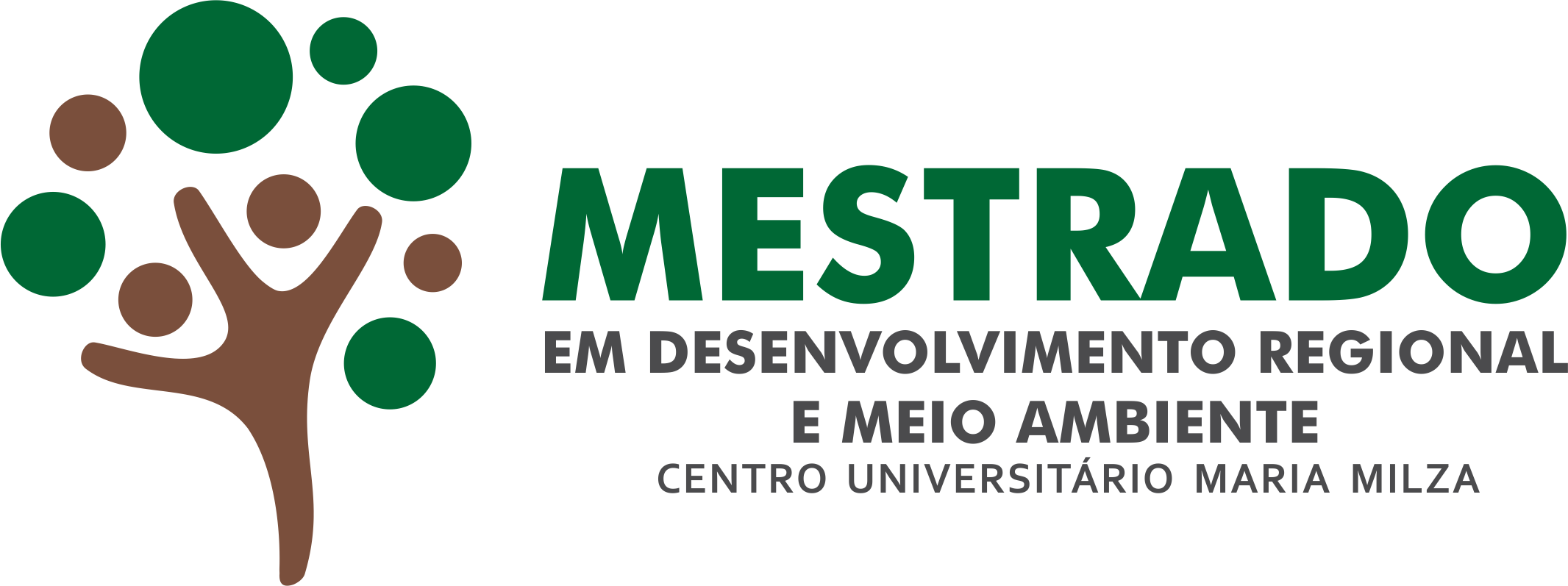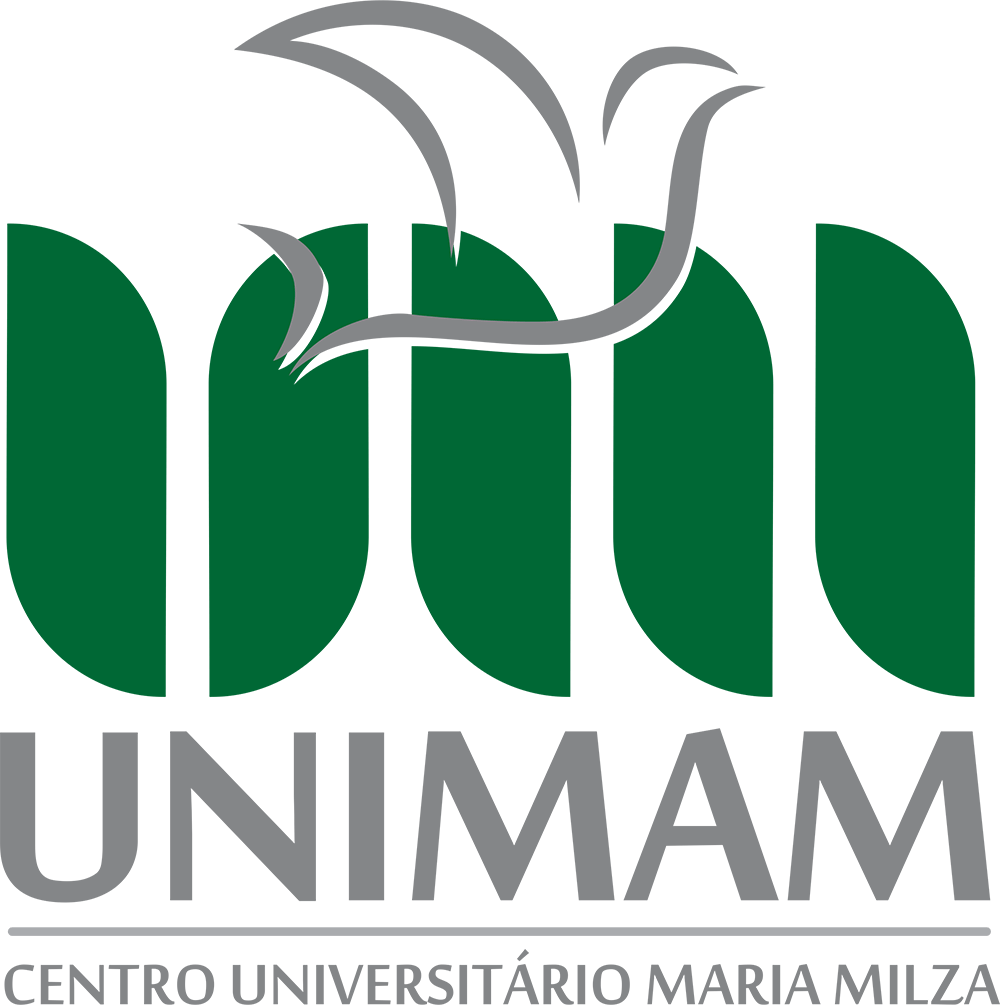Awareness of the risk factors associares with radiation in pregnant women: An experience report
DOI:
https://doi.org/10.22479/texturav19n1p48_55Keywords:
effects of radiation, disk to the fetus, health impactaAbstract
The discovery of X-rays by Wilhelm Conrad Röntgen in 1895 revolutionized medical diagnosis, however the use of ionizing radiation presents risks, especially for pregnant women. Inadequate radiation exposure during pregnancy can cause significant harm to the fetus, varying according to the gestational period. In the first few days, between the 4th and 6th day, exposure can result in miscarriage; between the 3rd and 8th week, there is a higher risk of malformations in the central nervous system; and between the 8th and 15th week, radiation can cause microcephaly and mental retardation. High doses, above 50-100 mg, are particularly dangerous and can cause, in addition to foetal damage, sterility and oncogenicity. The objective of this article was to raise awareness among pregnant women about the risk factors associated with radiation exposure, focusing on the impacts on the health of the mother and baby. The relevance of the study lies in the widespread misinformation about the risks of radiation for pregnant women, which can increase the potential for harm to the fetus. The project's methodology consists of an educational approach where conversation circles will be held in a basic health unit during prenatal consultations, where the topic will be addressed dynamically. After an explanation about the risks of radiation, a space will be opened for questions and answers, followed by the distribution of souvenirs in gratitude for the participation of pregnant women. The expected results include a significant increase in pregnant women's awareness of the risks of ionizing radiation, promoting behaviors that favor better protection during pregnancy. It is also expected to encourage dialogue on biosafety measures between health professionals and pregnant women, contributing to the reduction of unnecessary exposure to radiation. In the long term, the study seeks a decrease in cases of complications associated with radiation exposure during pregnancy, resulting in better health outcomes for both mothers and babies.
Downloads
References
Costa, A., & Silva. Princípios de radioproteção aplicados ao radiodiagnóstico. Revista Tópicos v. 2, n. 16, p. 1-14, 2024.
Dracham, C. B., Shankar, A., & Madan, R. Radiation induced secondary malignancies: a review article. Journal of Clinical Oncology, v. 36, n. 2, p. 85, 2018 DOI: https://doi.org/10.3857/roj.2018.00290
França, G. F., & Queiroz, S. G. (2022). Educação do campo na contramão do capital. In Carvalho, F. P., & Reis, R. P. Educação do campo em perspectiva (p. 360). Cruz das Almas: Editora UFRB.
Freire, P. (1987). Pedagogia do oprimido. Rio de Janeiro: Paz e Terra.
Ferreira, L. M., Tolentino, S., Mello, M. Behaviorismos: Aspectos históricos e influências filosóficas. Revista Uniaraguaia, v.19, n.1, p. 224-233, 2024.
Hall, E. J., & Giaccia, A. J. (2012). Radiobiology for the Radiologist. Lippincott Williams & Wilkins.
Hallak, A. R.et al. A importância da radiologia no contexto do sistema único de saúde (SUS): Uma revisão de literatura. Research, Society and Development. v. 12, n. 13, p. e54121344176-e54121344176, 2023. DOI: https://doi.org/10.33448/rsd-v12i13.44176
Jéssia, E., Lucero, M. J., & Silva. Radioproteção de gestantes no diagnóstico e tratamento radioterápico. Brazilian Journal of Health Review. v. 7, n. 9, p. e75949-e75949, 2024. DOI: https://doi.org/10.34119/bjhrv7n9-393
Lima, J. T., Vargas, D. L., & Ferreira, et al. (2022). Práticas de desenvolvimento e associativismo rural: o caso da organização de bibliotecas comunitárias nas associações de Governador Mangabeira-BA. Anais do III Seminário Internacional de Pós-Graduação em Desenvolvimento Rural Sustentável, Marechal Cândido Rondon, PR, 23-26 de novembro.
Oliveira, H. M. DE., & Gonçalves, M. J. F. Educação em Saúde: uma experiência transformadora. Revista Brasileira de Enfermagem, v. 57, p. 761-763, 2004.. DOI: https://doi.org/10.1590/S0034-71672004000600028
Silva, M. de L., & Pessoa Aires, D. M. (2020). Os efeitos biológicos da radiação ionizante na gravidez. Revista Eletrônica da Faculdade de Ceres, v. 8, n. 1, p. 10-10, 2019. DOI: https://doi.org/10.36607/refacer.v8i1.4488
Taffarel, C. N. Z., Junior, C. L. S., & Escobar, M. O. (2010). Cadernos didáticos sobre educação no campo. Salvador: Universidade Federal da Bahia, Editora UFBA.
Yago., Marjorie & Bolognesi, L. Efeitos biológicos da radiação e síndrome aguda das radiações. Tekhne e Logos. v. 15, n. 1, p. 121-136, 2024.
Downloads
Published
How to Cite
Issue
Section
License
Copyright (c) 2025 Texture

This work is licensed under a Creative Commons Attribution 4.0 International License.
The authors grant copyright on an approved manuscript with exclusive publication for Texture Journal in electronic format, including figures/ illustrations and content for the dissemination of the article, including on the social networks of the Texture Journal.











